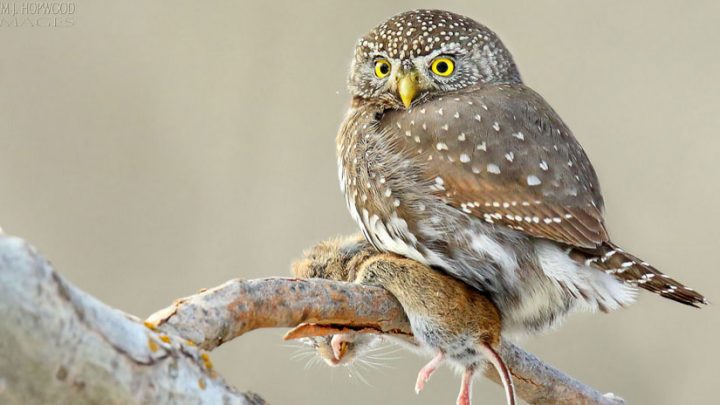Do all birds have gizzards?

What we call a gizzard is the muscular part of a bird’s stomach. When a bird swallows food, it goes from the throat to the esophagus. Some species have an expanded, thin-walled offshoot or pouch in the esophagus called the crop where they can store food before it’s sent the rest of the way through the esophagus to the stomach. (Pigeons and dove adults produce a food for their young called crop milk in the crop.)
Birds all have two parts to their stomach. The first is called the proventriculus or glandular stomach, where digestive enzymes are secreted to begin the process of digestion. This part of the stomach is very much like our stomach.
The second part of a bird’s stomach (a part we humans don’t have) is the gizzard or muscular stomach. The gizzard is very thick and muscular in some species, such as ducks, gallinaceous birds (those related to chickens such as grouse, quail, and turkeys), emus, and doves. Most of these birds eat hard items such as seeds and nuts. Birds with thick gizzards frequently pick up grit—little stones, sand, and small shells. These items collect in the gizzard. When food and digestive juices enter the gizzard, the thick muscles and grit help pulverize the food. When you buy chickens or turkeys at the grocery store, they often have a little bag of “giblets” that includes the very thick, muscular gizzard. (The other organs that are considered part of the giblets are the liver and heart.)
Owls swallow most small prey whole. In both chambers of the stomach, soft tissue from the prey is liquefied and then moves on to the intestines. Bones, teeth, feathers, and fur collect in the gizzard. After all the digestible material has emptied into the intestines, the gizzard muscles contract to squeeze most of the remaining liquid into the intestines, and then the bird coughs up the non-digestible material as a “pellet.”
All birds do have a gizzard, but those species that eat very easily digested foods such as soft-bodied insects, soft fruits, or nectar may have a very small and thin-walled gizzard.

All About Birds
is a free resource
Available for everyone,
funded by donors like you
American Kestrel by Blair Dudeck / Macaulay Library
